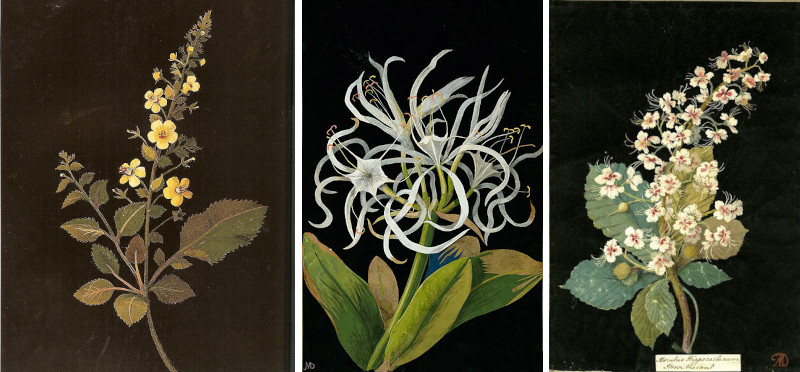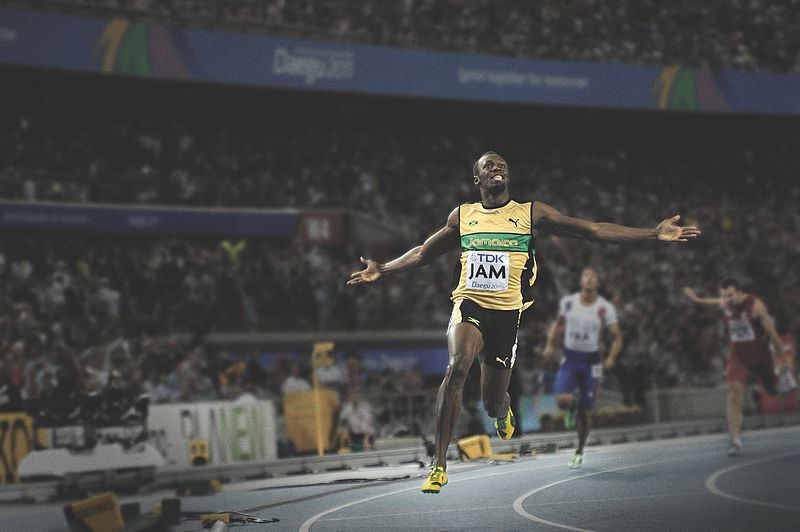In 1837 English journalist Albany Fonblanque wrote, “Sir Robert Peel was a smooth round peg, in a sharp-cornered square hole, and Lord Lyndenurst is a rectangular square-cut peg, in a smooth round hole.”
Which of these is the better fit? In other words, which is larger, the ratio of the area of a circle to a circumscribed square, or the area of a square to a circumscribed circle?
In two dimensions, these ratios work out to π/4 and 2/π, respectively, so a round peg fits better into a square hole than a square peg into a round hole.
But, strangely, Berkeley mathematician David Singmaster discovered in 1964 that this is true only in dimensions less than 9. For n ≥ 9 the n-dimensional unit cube fits more closely into the n-dimensional unit sphere than vice versa.
There’s a moral in there, but I don’t know what it is.
(David Singmaster, “On Round Pegs in Square Holes and Square Pegs in Round Holes,” Mathematics Magazine 37:5 [November 1964], 335-337.)




